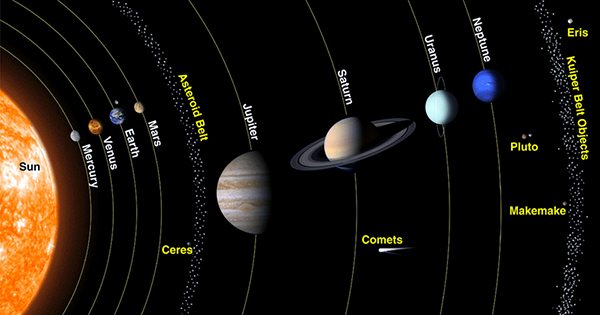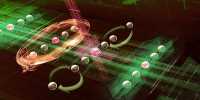The four explanations were discovered by two high schools approximately ToI-1233, making them among the youngest people to ever discover a celestial body. Sixteen-year-old Kartik Pinglé and 18-year-old Jasmine Wright were participating in the Student Research Mentoring Program (SRMP) at the Center for Astrophysics. Harvard and Smithsonian, Dr. Tansu Daylan consultant, MIT Kavli Institute for Astrophysics and Space Research’s Astrophysics. They are now co-authors of the discovery report published in The Astronomical Journal.

High Schoolers Discover Four New Exoplanets, Including a Super-Earth
The TOI-1233 is one of the stars studied by NASA’s Planetary Hunting Transiting Exoplanet Survey Satellite (TSEC). The satellite studies thousands of stars that are moving between them and us in the hope of catching a jolt.
Pinglé explained in a statement, “We wanted to see changes in light over time.” “The idea is that the planet transmits stars, or passes in front of them, but this [periodically] covers the star and reduces its brightness.” The team said it could be in the case of the TOI-1233. To their surprise, they found evidence of multiple planets, not just one. Three of these objects classified as sub-Neptune, somewhat smaller Neptune.
Wright said of the discovery, “I’m very excited and very shocked.” “We knew it was the goal of Dylan’s research, but in reality, it was really great to find a multi-planetary system and be part of a team of discoverers.” It is very important to discover multi-planetary systems like this. Although the TOI-1233 is quite different from our own corner of the galaxy, it can provide important insights into how it formed in the solar system.
Daylan explained, “Our species has been thinking for a long time about planets beyond our solar system and with multi-planetary systems. You kind of hit the jackpot.” “Planets originated from matter on the same disk around the same star, but they ended up as separate planets with different atmospheres and different climates due to different orbits. So, we want to understand the basic mechanisms of planet formation and evolution in this planetary system.”
The mentoring program, conducted by astronomer Dr Clara Sousa-Silva, aims to attract local high school students who are interested in scientific research with scientists from Harvard and MIT. It receives a dozen students each year, prioritizing science from lower-income minorities, who conduct our pay research with mentors on a yearlong project.
Sousa-Silva explained, “They’re salaried.” “We want to encourage them to realize that pursuing an academic career is enjoyable and rewarding – no matter what they end up doing in life.”















